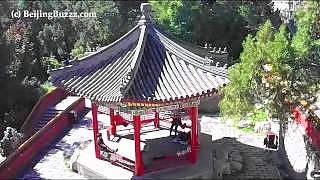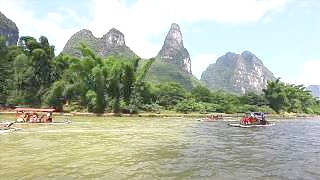A little background on topics such as Tai Chi and some etiquette tips ...
[640],shadow=true,start=,stop=Related Videos
Featured Videos

|
Filmed in autumn 2010 ...
|

|
QianMen : With Wei's Travel ...
GuoMao / CBD : With Visit BeiJing ...
SanLiTun ...
MuTianYu Great Wall ...
|

|
With Seiu Travel ...
|

|
An 11 day trip through YunNan province in the snow ...
Plus, 'Never regret a trip to LiJiang' ...
Includes the nearby Jade Dragon Snow Mountain.
|

|
Capital of HeNan province.
With Walk East ...
|

|
With Walk East ...
|

|
The town 'where nobody is a stranger' ...
|

|
With Wei's Travel ...
Bonus film - with Walk East - Bund night walk, looking across the HuangPu river to PuDong ...
Bonus film 2 - with Gecko Walks - LuJiaZui ...
|

|
Scenic films.
With CHN Tourism ...
With Lucas & Ann ...
|
 Chinese culture 101
Chinese culture 101







